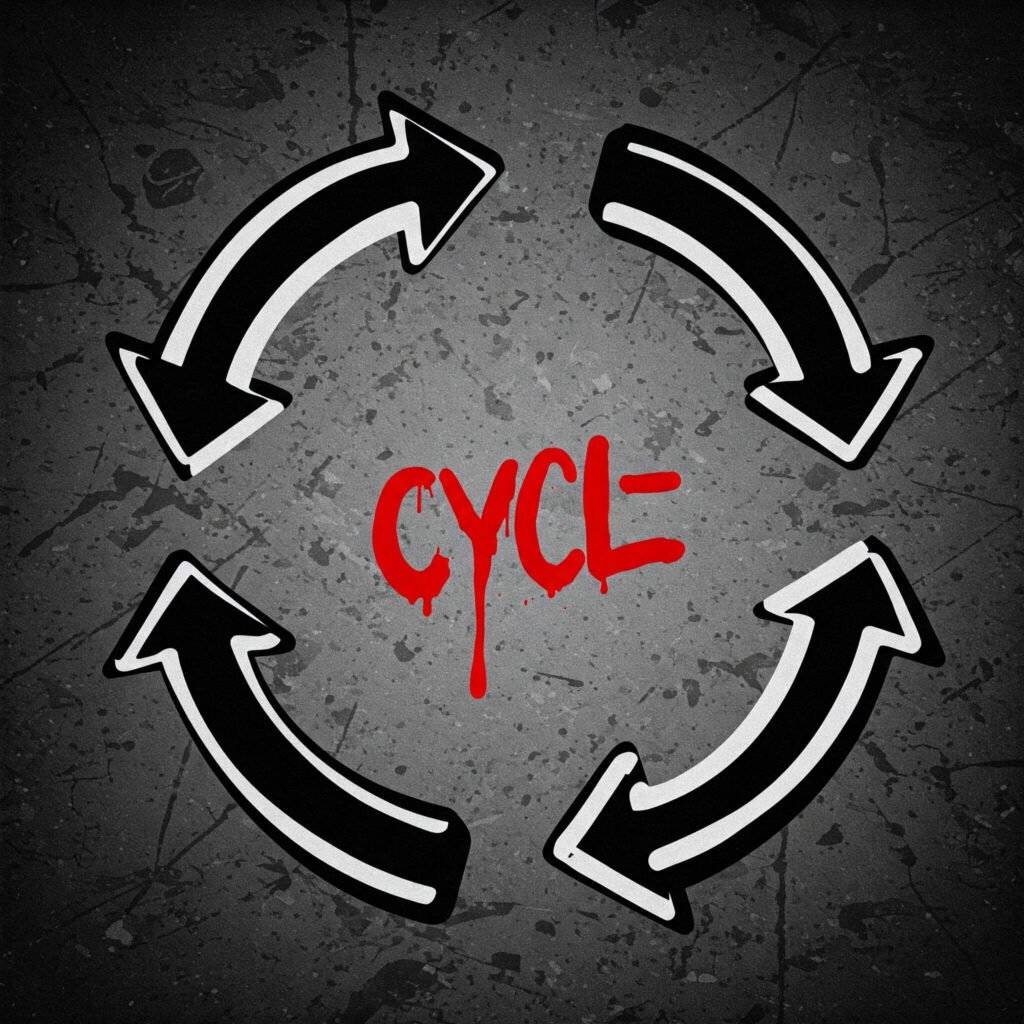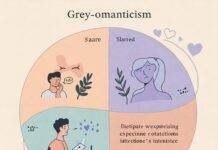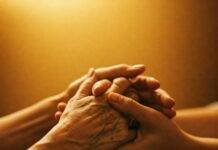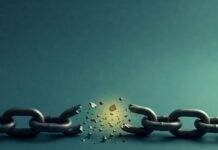Indeed, have you ever found yourself drawn to partners who seem emotionally distant, creating a cycle of longing and frustration? In that case, you might be experiencing the effects of emotional unavailability addiction. This pattern isn’t about weak character; rather, it’s often rooted in attachment styles and past experiences. Therefore, understanding this dynamic is the first step toward healthier relationships.

What is Emotional Unavailability Addiction?
Specifically, emotional unavailability addiction describes a pattern where individuals consistently seek out or remain in relationships with partners who are emotionally distant or unable to reciprocate emotional intimacy. Consequently, this can manifest as a cycle of pursuing unavailable individuals, hoping to “fix” or win their affection, leading to repeated disappointment.
Signs of Emotional Unavailability Addiction
Recognizing the signs is crucial for breaking free from this pattern.
- First, a consistent attraction to distant partners: A pattern of being drawn to people who are emotionally aloof.
- Secondly, chasing unattainable affection: Investing significant energy in winning the affection of someone who remains distant.
- Furthermore, ignoring red flags: Overlooking signs of emotional unavailability in the early stages of a relationship.
- Moreover, a cycle of hope and disappointment: Experiencing repeated cycles of high hopes followed by deep disappointment.
- Additionally, minimizing your own needs: Prioritizing the needs of the unavailable partner over your own.
- Finally, difficulty establishing healthy boundaries: Struggling to set and maintain clear emotional boundaries.
Understanding the Roots of Emotional Unavailability Addiction
Several factors contribute to this pattern.
- To begin with, attachment styles: Attachment styles developed in childhood can significantly influence relationship patterns. Avoidant attachment, in particular, can lead individuals to seek out or become emotionally unavailable. Outbound Reference Link: Attachment Styles and Relationships
- Moreover, past trauma: Experiences of emotional neglect or abandonment can create a fear of intimacy, leading to patterns of seeking out unavailable partners.
- In addition, low self-esteem: Individuals with low self-esteem may believe they don’t deserve healthy, reciprocal relationships, perpetuating the cycle.
- Lastly, familiarity with unhealthy patterns: If unhealthy relationship patterns were modeled in childhood, they may feel familiar and “normal.”

Breaking Free: Healing from Emotional Unavailability Addiction
Breaking this cycle requires self-awareness and intentional effort.
- Initially, self-reflection and awareness: Understanding your own attachment style and past experiences is crucial.
- Then, setting healthy boundaries: Learning to establish and enforce clear boundaries is essential for protecting your emotional well-being.
- Next, seeking therapy or counseling: Professional guidance can provide valuable insights and tools for healing. Outbound Reference Link: Finding a Therapist
- Also, building self-esteem: Working on self-esteem can help you recognize your worth and demand healthier relationships.
- Subsequently, learning about healthy relationships: Educating yourself on the characteristics of healthy relationships can help you identify red flags.
- Additionally, practice self-care: Prioritizing your emotional and mental health can help you break the cycle.
- Ultimately, developing emotional intimacy: Learning how to build emotional intimacy is key to forming healthy relationships.
The Role of Emotional Intimacy
Emotional intimacy involves sharing your feelings, needs, and vulnerabilities with another person. Essentially, it’s about creating a safe space for mutual understanding and support. Therefore, for those struggling with emotional unavailability addiction, fostering emotional intimacy can be challenging but rewarding.

Key Takeaways
- First, recognize the signs of emotional unavailability addiction.
- Second, understand the underlying causes, including attachment styles and past trauma.
- Third, take actionable steps to break the cycle, such as setting boundaries and seeking therapy.
- Finally, prioritize building emotional intimacy in your relationships.
Conclusion
Breaking free from emotional unavailability addiction is a journey of self-discovery and healing. By understanding the roots of this pattern and taking proactive steps, you can cultivate healthier, more fulfilling relationships. Remember, you deserve reciprocal love and emotional connection.




































